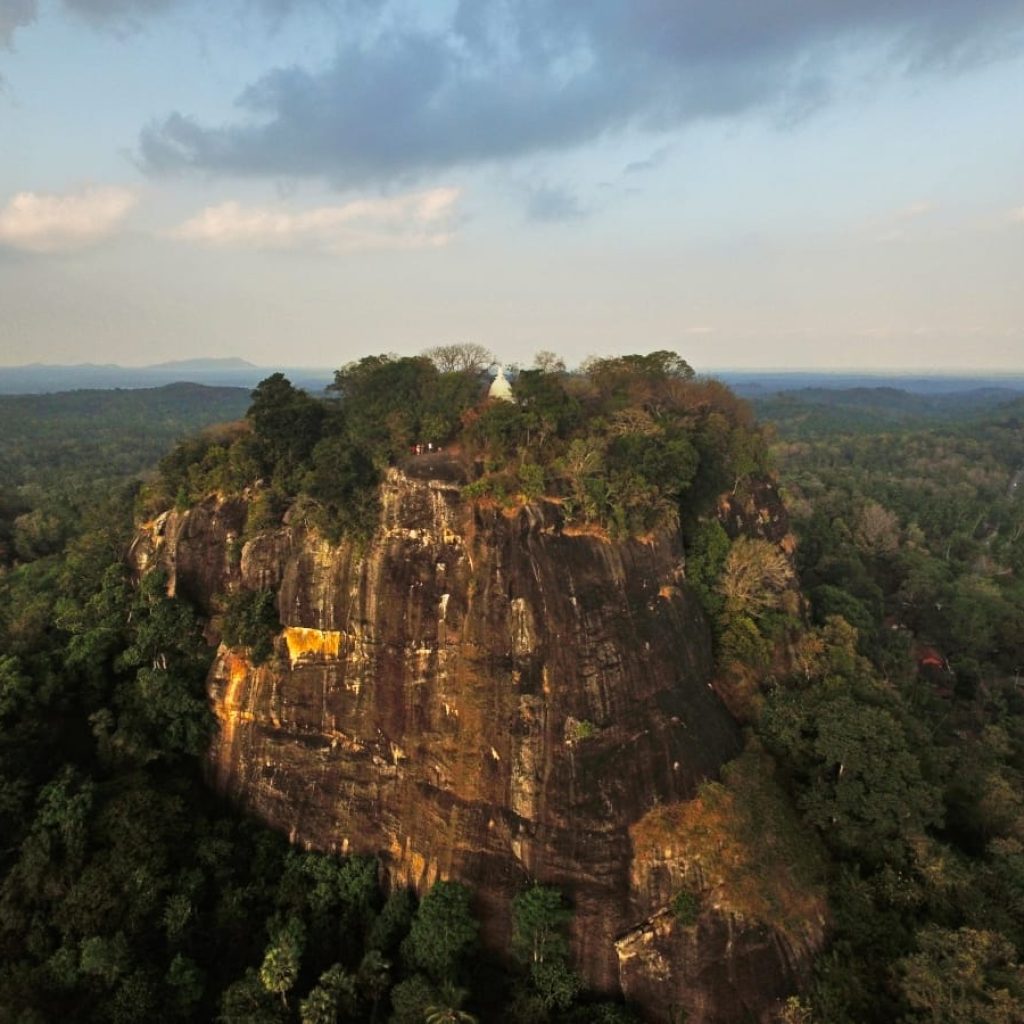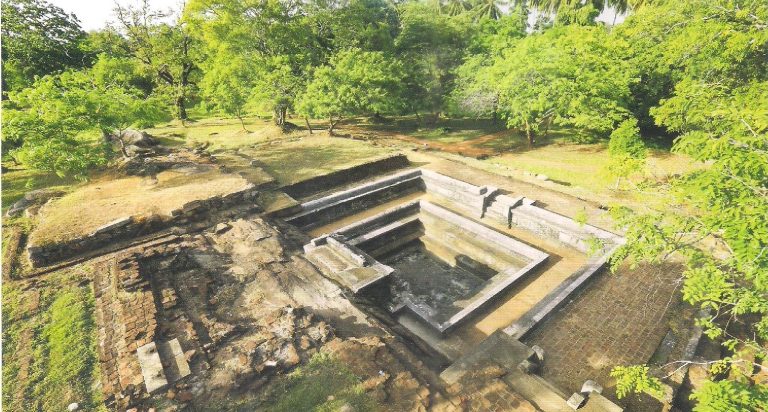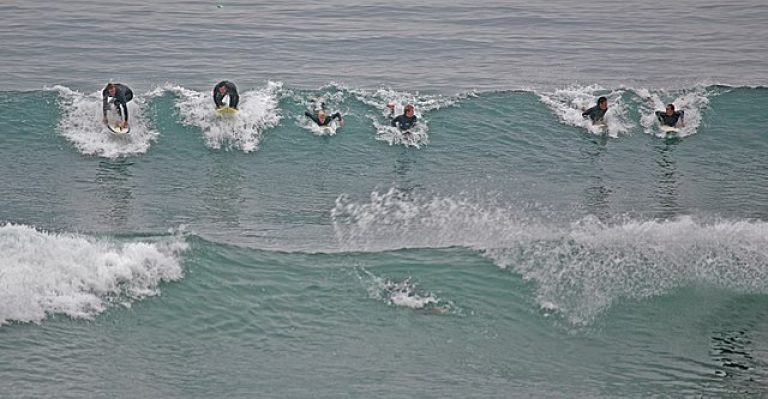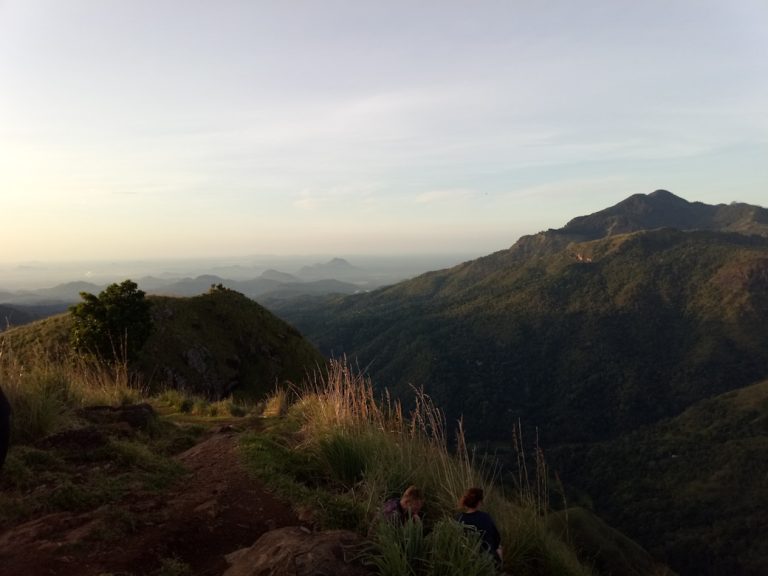Mulgirigala Raja Maha Viharya, popularly known as Mulkirigala Rock Temple, is an ancient and an archaeological Buddhist temple in belongs to the magical era of third Century, contemporary with Sigiriya, Pidurangala and Buddhangala. It can be reached from Beliatta–Weeraketiya main road and turning off at Mulkirigala Junction. The temple is situated 2 kms from the Mulkirigala Junction. Beliatta town can be reached from either Dickwella or Tangalla.
The Rock of Mulkirigala rises about 676 feet from the surrounding land mass. There are seven cave temples situated in five terraced areas of different altitudes. The most outstanding are the Lower Terrace (Patha Maluwa) and Bo Tree Terrace ( Bodhi Maluwa). Other levels are called Temple Terrace (Raja Maha Vihara Maluwa), Upper Bo Tree Terrace (Uda Bodhi Maluwa), Chetiya Terrace (Chaitya Maluwa). These terraces can be accessed comfortably through well paved granite paths and steps going right upto the Dagoba Terrace.
Situated in Giruwa Pattu of Hambanthota District of Southern Sri Lanka, Mulkirigala is also called as Mulgirigala but the former is more prominently used at present. The archeologists have identified several names changes during the different era levels. ‘Samudda Pabbatha”, ‘Muhunadra Girl, ‘Muhudu Girl, ‘Giriba Vehera’, ‘Giriba Lena”Dhakkina ‘Dakkina Pabbatha’, ‘Muwatirigala’, ‘Mukirigalla’ and ‘Mulangiriya’ are some of the proven identifications for this sacred Rock.
Upper Terrace
The Bo tree at the Upper Terrace is considered be a shoot from one of the 32 saplings of Anuradhapura Jaya Sri Maha Bodhi planted during the reign of King Devanam Piyatissa. Mulkirigala temple is also considered to be one of the 64 temples constructed by King Kawantissa and was called as ‘Muhudu Gira’ which dates back to the 3rd Century BC. But the archeologists are still trying figure out the meaning of the name as the sea nearly 40 kms away from the rock.
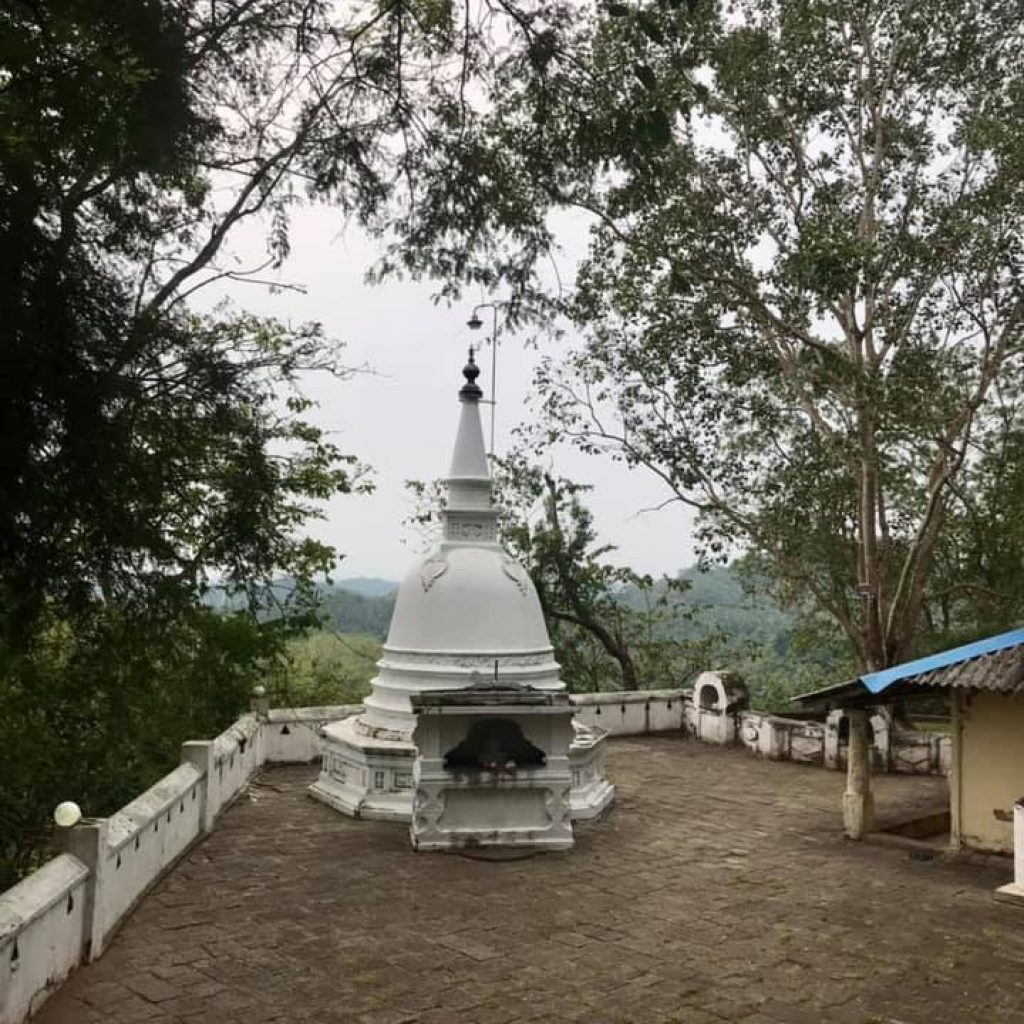 The Chetiya at uppermost Terrace is considered to house Lord Buddha relics offered by the King Saddhatissa. According to historical manuscripts, King Mahanaga, King Kawantissa, King Dutugemunu, King Parakramabahu the Great, King Saddhatissa, King Valagamba, King Jetta Tissa I, King Parakramabahu I are credited with construction work of the temple during their reign.
The Chetiya at uppermost Terrace is considered to house Lord Buddha relics offered by the King Saddhatissa. According to historical manuscripts, King Mahanaga, King Kawantissa, King Dutugemunu, King Parakramabahu the Great, King Saddhatissa, King Valagamba, King Jetta Tissa I, King Parakramabahu I are credited with construction work of the temple during their reign.
The temples remaining at present belongs to the Kandyan era and the Buddha images and many cave paintings depicts magnificent examples of Kandyan era arts and crafts. Mulkirigala Rock Temple is one of the few ‘Raja Maha Viharas’ under the Kandyan Kingdom but located in South. According to historical manuscript, King
The rock comprises of cave temples numbering seven featuring seven stages of Lord Buddha. Reclined Buddha, Seated Buddha and Standing Buddha Images, paintings of Buddhas, Arhaths, Gods and Jataka stories are prominently featured in the
Along the path to Lower Terrace
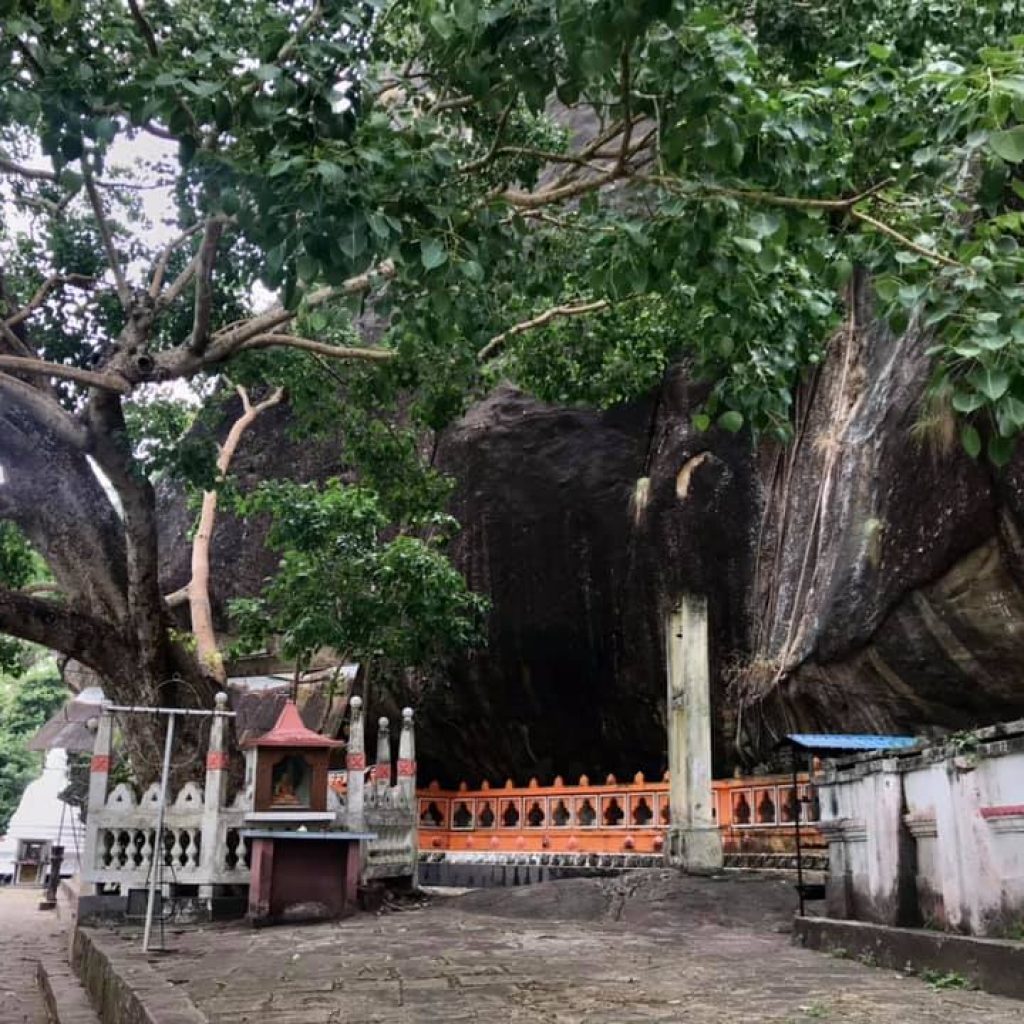 The main entrance to the temple premises is at the surrounding ground level. Passing a Pilgrim’s rest and the Sanghavasa where the monks reside, the path leads towards the Lower Terrace and the ticket office.
The main entrance to the temple premises is at the surrounding ground level. Passing a Pilgrim’s rest and the Sanghavasa where the monks reside, the path leads towards the Lower Terrace and the ticket office.
Pali manuscripts found in the monastic library here by a British official in 1826 were used for the first translation of the Mahavamsa (Great Chronicle), which unlocked Sri Lanka’s early history for Europeans.

